Moscow is the center of Russian politics, finance and culture and home to centuries of historical and cultural landmarks including the Moscow Kremlin, St Basil’s Cathedral, Red Square and the Tretyakov Gallery. Russia’s capital is the most populated city in Europe, with nearly 12 million inhabitants, and offers the rich diversity and exciting atmosphere of a major city.
Below is a summary of the stops and highlights on the Trans-Siberian Railway, the world’s longest train ride from Moscow to Vladivostok. Travellers can expect gorgeous landscapes and the opportunity to visit the most fascinating and unique cities that Russia has to offer. If you’d like to travel the Trans-Siberian, then select your route in the ticket search window and follow the instructions to purchase your tickets. Creating a journey with multiple stops in different cities is one of the best ways to make your travel experience unforgettable and to learn more about Russia, Siberia and their people.
Trans-Siberian Railroad Map

Moscow

Vladimir
Founded in the year 995 on the Klyzama River, Vladimir was the capital of medieval Russia and is part of the Golden Ring of ancient Russian cities. Vladimir is renowned for its cathedrals and architectural monuments, several of which are UNESCO World Heritage Sites – such as the 12th-century Uspensky Cathedral and the Golden Gate.
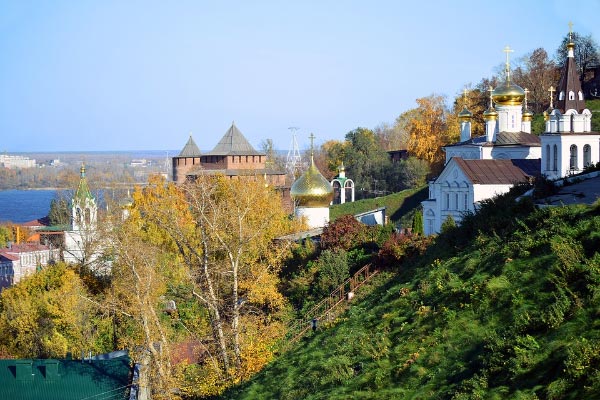
Nizhny Novgorod
Nizhny Novgorod was founded in the early 13th century and was an important trading town for merchants arriving from Turkistan, Siberia and the Orient. Renamed ‘Gorky’ during Soviet times, the city was closed to foreigners to safeguard its military industry. Nizhny Novgorod finally reopened its gates in 1990, and tourists flock to its magnificently preserved 13th and 14th-century landmarks.
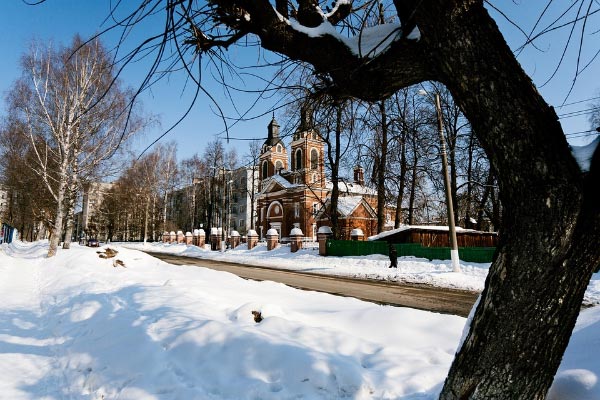
Kirov
Kirov was the easternmost settlement founded during the era of Kievan Rus’, and lies on the bank of the Vyatka River, a navigable waterway which flows into the Volga. A significant center of agriculture as well as a place of exile for notable political dissidents during Imperial Russian times, today Kirov has a population of over half a million people.
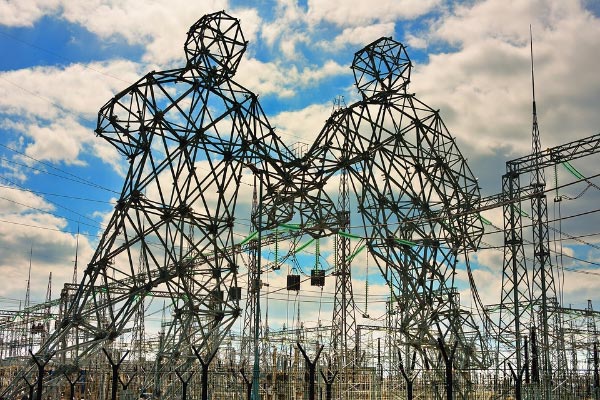
Perm
Perm was once a village founded in the mid-16th century on the western slopes of the Ural Mountains. A century later it had transformed into the most vital military manufacturing hub in Imperial Russia. Here, nearly 1,300km east of Moscow, you will pass through the gateway to Siberia and continue on your journey.
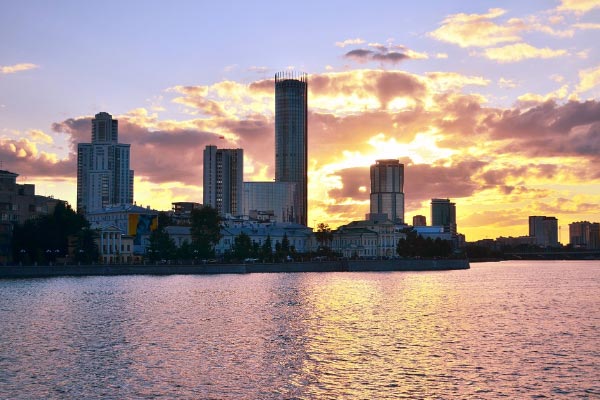
Yekaterinburg (Sverdlovsk)
Once a closed Soviet city, today Yekaterinburg is Russia’s fourth largest city, home to a thriving culture, art and music scene. The capital of the Urals is located in Sverdlovsk Region, which is rich in natural resources and industry. Yekaterinburg is famous for one of the darkest moments in Russian history: the last Tsar and his family were executed here.
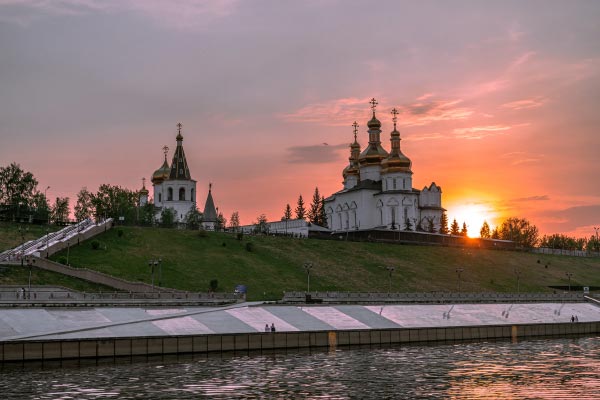
Tyumen
The first Russian settlement established in Siberia, Tyumen became one of Imperial Russia’s most thriving towns and was an important trading center between Russia and China, home to a diverse community of skilled craftsmen. Tyumen was the wealthiest town in Russia before the Soviet period, and is today an important center for Russia’s oil and gas industries.
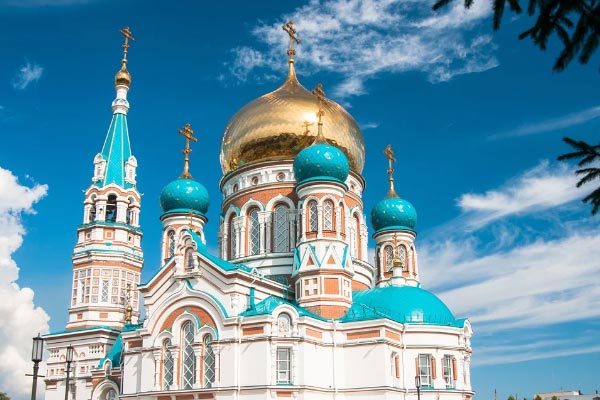
Omsk
In spring 1716 one of Peter the Great’s guardsmen, Ivan Buchholz, arrived at the confluence of the mighty River Irtysh and tranquil River Om on the southern border of the Russian Empire. There, he established a fortress town which grew into the Siberian city of Omsk – today one of Siberia’s hubs full of Imperial cultural and historical monuments.
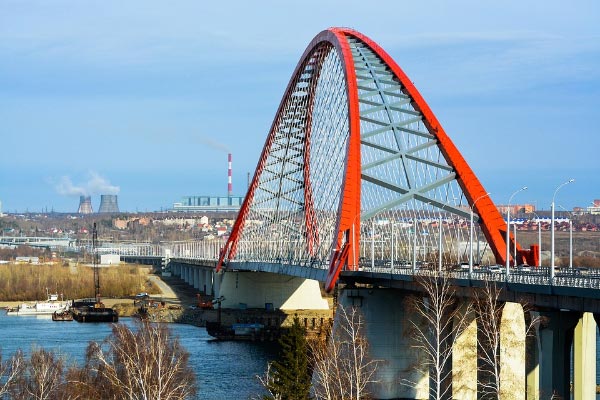
Novosibirsk
Not only is Novosibirsk the most populous city in Siberia, but it is the country’s most significant cultural and scientific hub after the two capitals. Founded in 1893, the capital of Siberia is a must-visit for culture and architecture lovers, and the surrounding region and nearby Altai Mountains offer rich and beautiful nature for outdoorsy travellers.
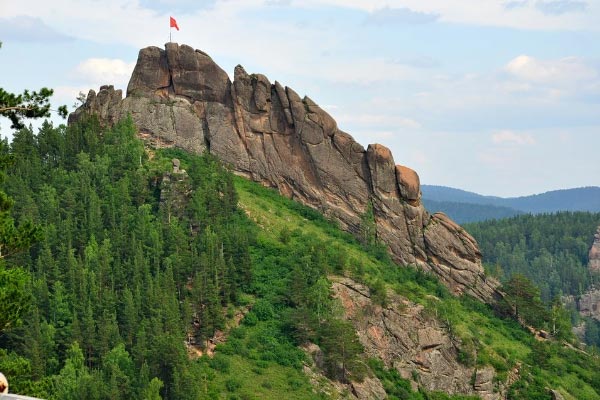
Krasnoyarsk
Both Russian and foreign tourists alike are drawn to the vibrant northern city of Krasnoyarsk with its interesting religious architecture. Krasnoyarsk Province offers wild rivers, towering mountains, hunting and fishing spots and distinct ethnic culture, providing a unique opportunity for outdoor pursuits and exploration.
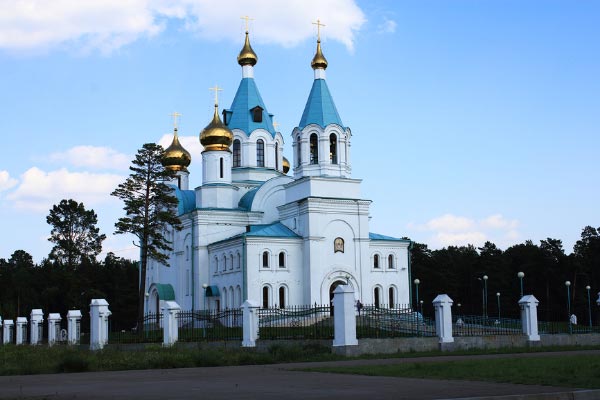
Angarsk
This eastern Siberian city was founded in 1948 and is a major industrial center for oil and petrochemicals – it is not the most attractive city along the Trans-Siberian Railway.
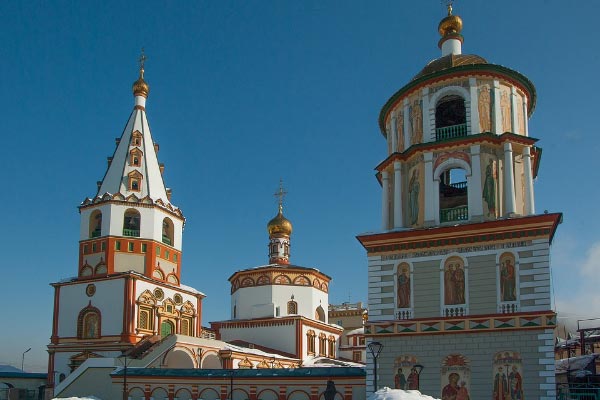
Irkutsk
Irkutsk was established in the mid-1600s as a fortress in the eastern Russian Empire. Many notable figures were exiled here during Tsarist times and greatly influenced the cultural and intellectual development of the city. Today, Irkutsk is an attractive student city with a population of nearly 620,000 people, home to fascinating historical, architectural and cultural attractions. Many tourists use Irkutsk as a base for venturing to Lake Baikal, which lies just 45 miles away.
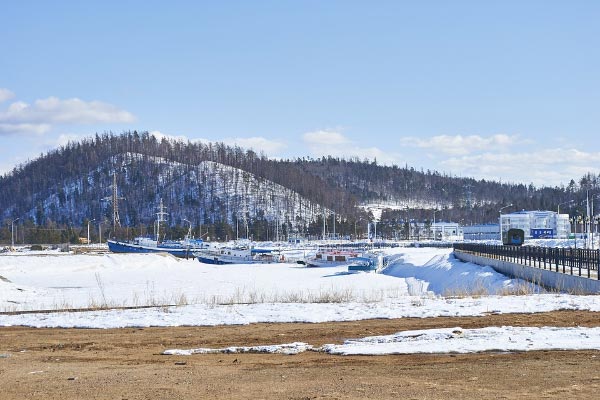
Baikalsk
Baikalsk is a small town on the south-eastern shore of Lake Baikal which attracts tourists with its snowboard and ski resort on Mount Sobolinaya, so-called Pomegranate Beach with red sand, and relatively sunny and warm climate (for Siberia).
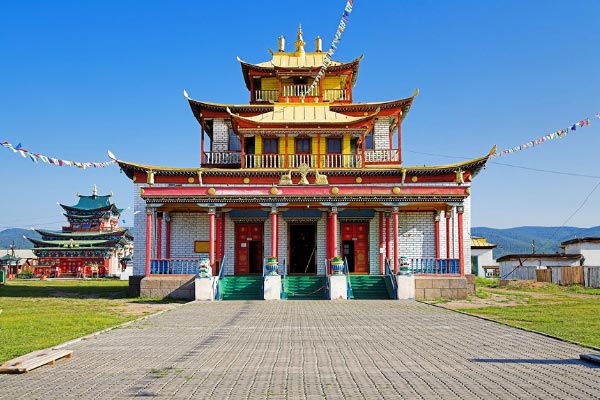
Ulan-Ude
Established in 1666, Ulan-Ude is the capital city of the Republic of Buryatiya. Between the 1400s and 1800s this region belonged to the Mongol Empire, whose eastern influence can still be felt in the city today. Ulan-Ude is the third-largest city in the Russian Far East.
- Just after Ulan-Ude, the Trans-Siberian Railway separates into two different routes:
1) the Trans-Mongolian travels south though the Mongolian capital Ulaanbaatar and terminates in Beijing.
2) the Trans-Siberian continues eastwards to Vladivostok.
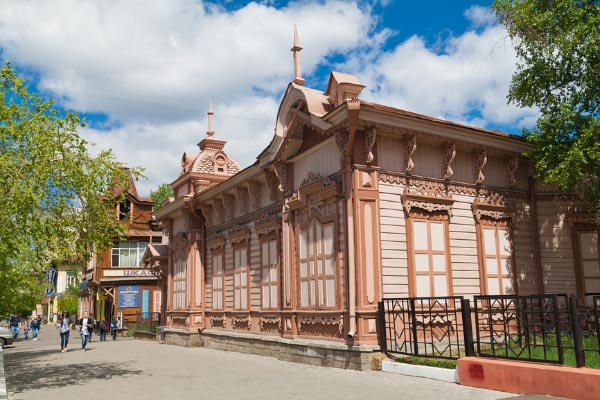
Chita
Chita was founded in 1653 and is the capital city and industrial and cultural center of the Zabaikalsky Province.
- After passing through Karymskoye 100km eastward of Chita, the Trans-Siberian again splits off in two directions:
1) the Trans-Siberian continues east to Vladivostok
2) the Trans-Manchurian ventures south through Manchuria to China.
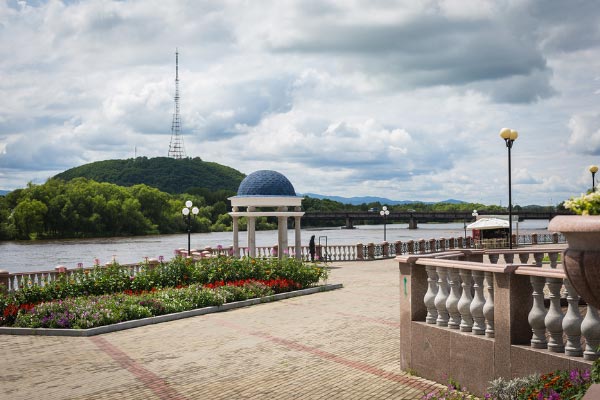
Birobidzhan
A town in the Jewish Autonomous Region. Birobidzhan’s official language is Yiddish and the town celebrates its Jewish and Yiddish culture and heritage.
- 160km after Birobidzhan, the Jewish Autonomous Region ends and Khabarovsky Province begins. The Trans-Siberian Railway crosses the mighty Amur River here via the longest bridge on the railway route (2.6km long).
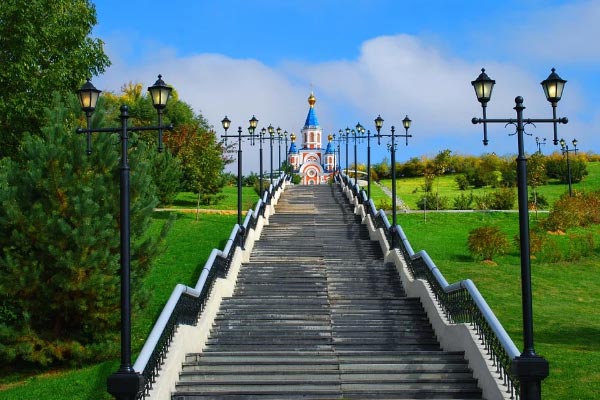
Khabarovsk
Khabarovsk stretches along the Amur River which marks the border between Russia and China. It is the largest city in the Russian Far East and belonged to the Qing Dynasty from the late 17th century to the mid-19th century. It is an interesting city with pretty architecture, a beautiful riverfront, and several interesting museums.
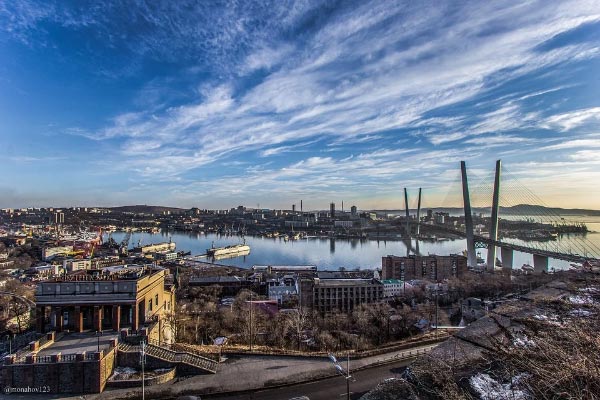
Vladivostok
The final stop on the Trans-Siberian route is Vladivostok, established in 1860 on the shore of the Golden Horn Bay. Vladivostok became Russia’s most important Pacific port and has undergone rapid development in recent years. As well as exploring this interesting city and its beautiful waterfront, many tourists depart from Vladivostok to other Far Eastern countries such as Japan and Korea.











